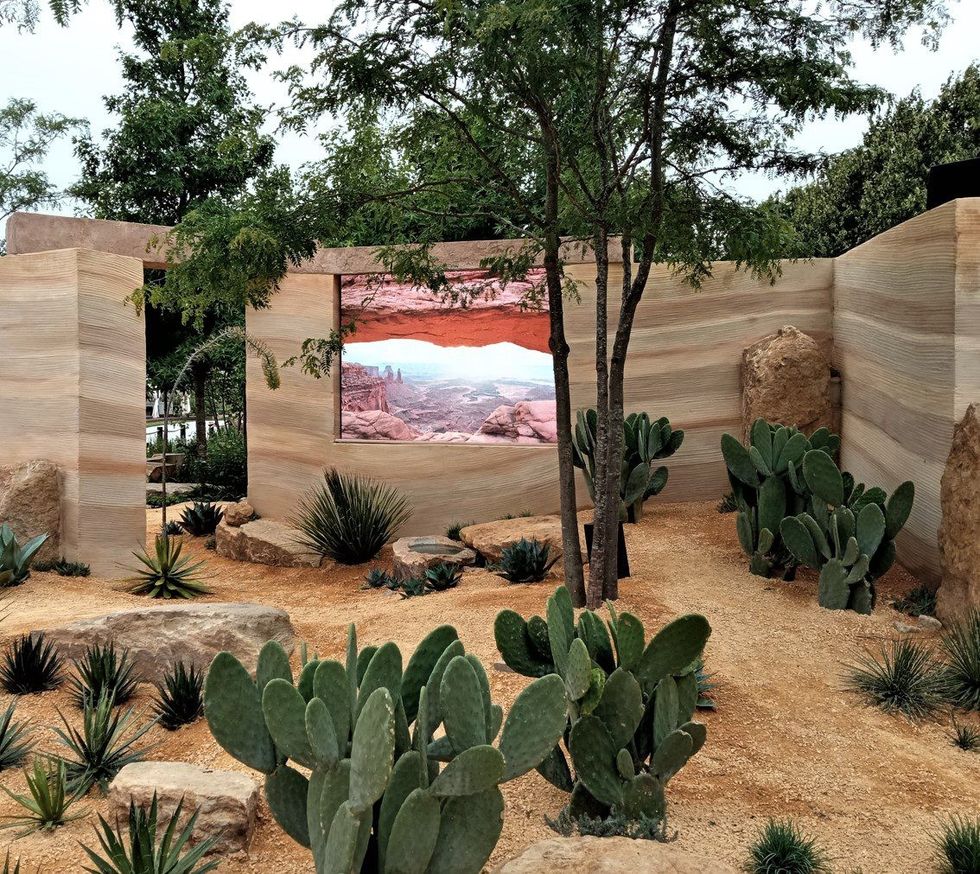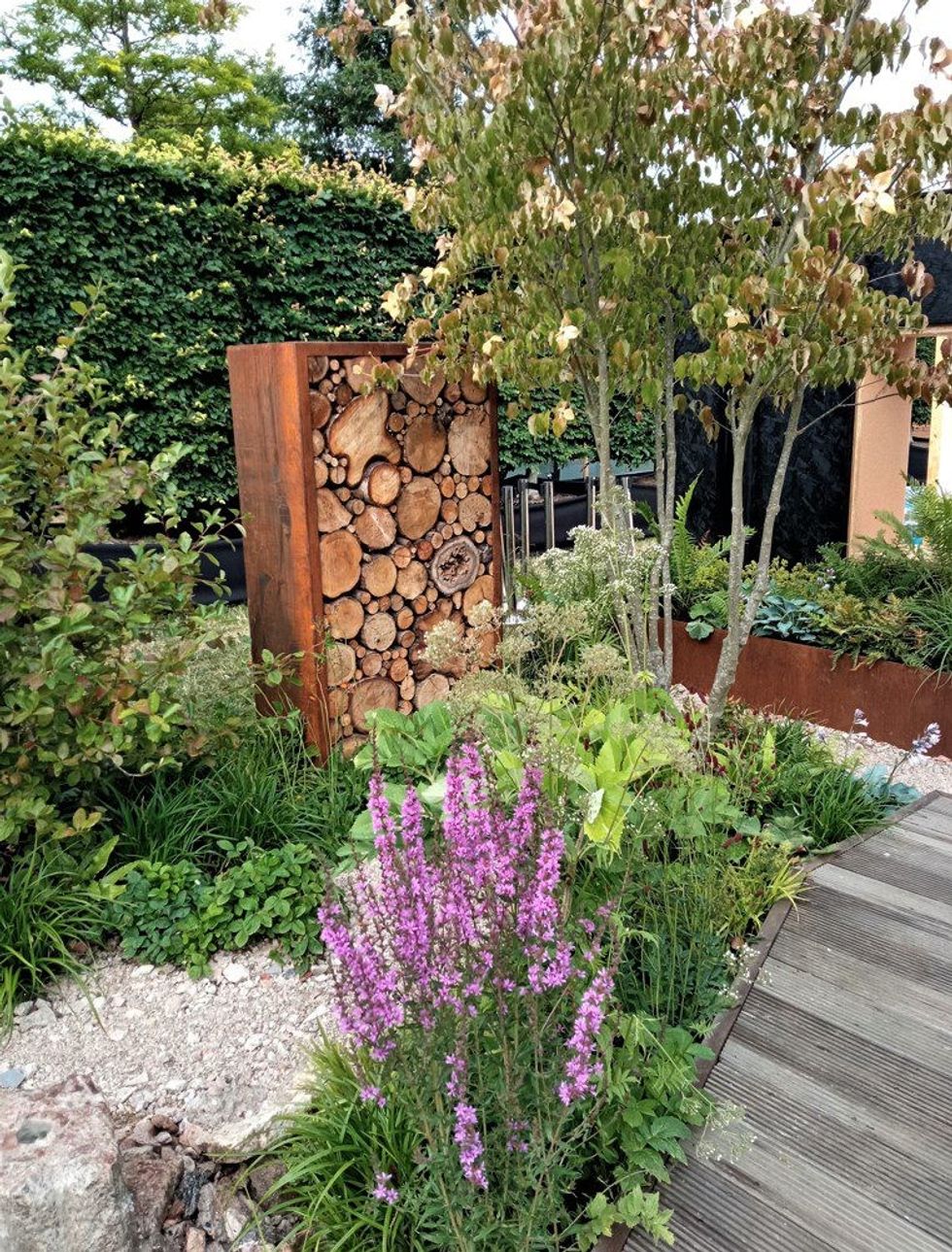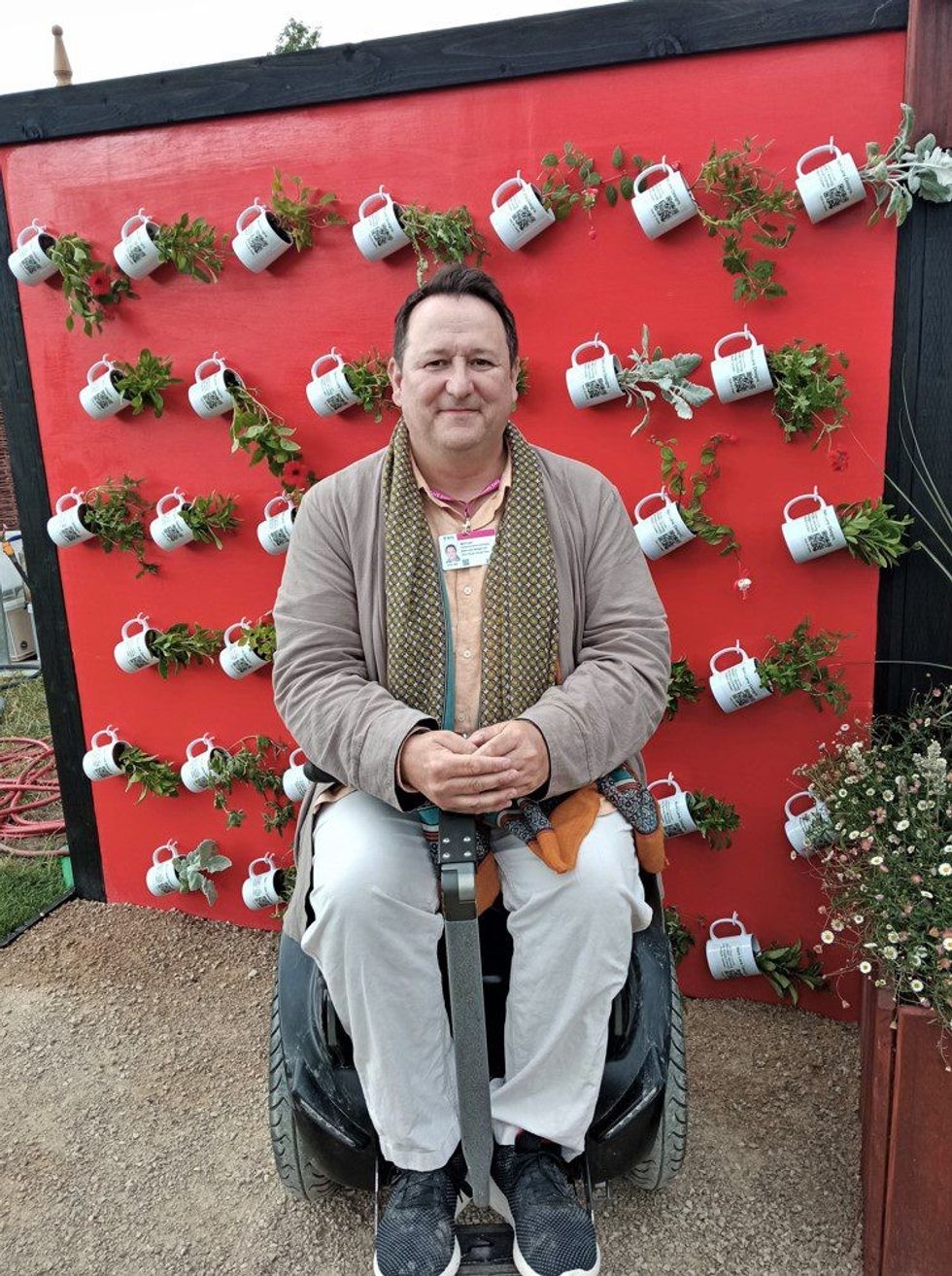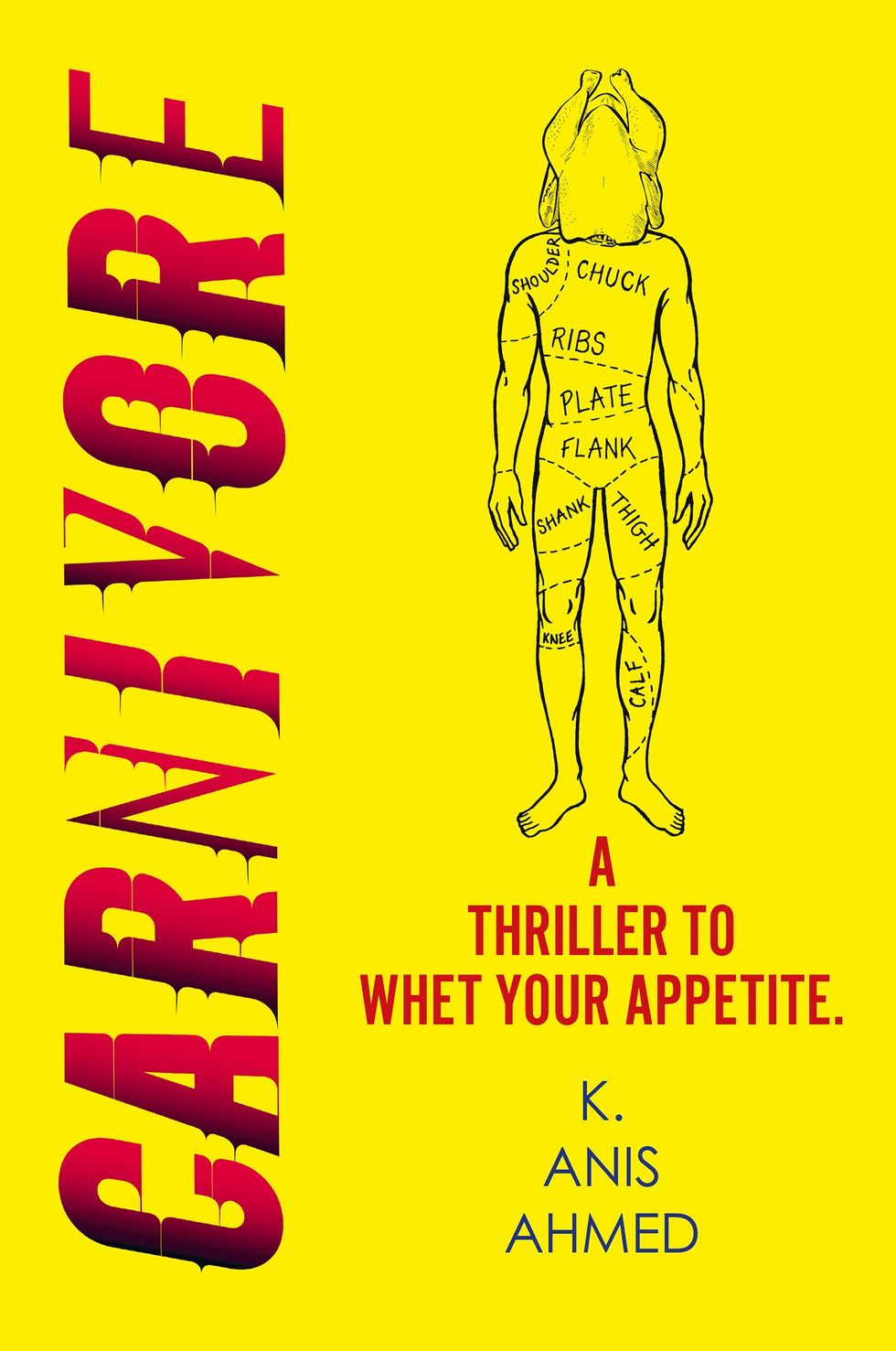I LEARNT about the really hot Naga chillis, which have their origins in Bangladesh, at this year’s RHS Hampton Court Palace Garden Festival from Joy Michaud of Sea Spring Seeds in Dorchester.
Chillis apparently have their hotness measured by the Scoville scale, abbreviated to SHU. By this measure of heat units, sweet peppers are rated as near to zero, Joy told me. She added: “2,000 is mild. 100,000 is quite hot. 300,000 is hot. Naga chillies are 1,000,000. I wear gloves while handling them.”

The Naga appears to be the equivalent of an atomic bomb, but is loved by her customers. She got the chillis from Bangladesh where they are called Naga Morich. “They didn’t grow very well in the British climate, but we adapted them, and they are now called Dorset Nagas.”
She showed me a picture of a Dorset Naga chilli bush, but appearances can be deceptive. Grown by someone called Nigel, the bush is actually well over seven feet. “We can’t sell enough of Dorset Nagas,” said Joy, whose firm specialises in many varieties of chillis. “The Bangladeshis love them.”

Once upon a time, the chilli in British society was provided by Princess Sophia (1876-1948), the daughter of Duleep Singh, the last Sikh Maharajah who “gifted” the Kohi-i-Noor diamond to Queen Victoria. Sophia, Victoria’s goddaughter, was given a grace and favour apartment in Hampton Court Palace, whose construction began in 1514 and which became one of Henry VIII’s favourite residences.
Sophia now merits an English Heritage Blue Plaque at Hampton Court Palace for her suffragette activities, which were every bit as important as those of Emily Pankhurst. Sophia must have enjoyed walking about the grounds of Hampton Court Palace, with the Thames flowing by. The place was taken over by the Royal Horticultural Society in 1993 for its annual garden festival. It isn’t quite as mad as Chelsea.
I enjoyed looking at the allotments, including one called the “Grenfell Garden of Peace”.
These days the RHS tackles the issue of the UK’s changing climate – much hotter summers with heavy rain triggering floods. There is an entry representing “America’s wild”, reminding me of my childhood days watching the Lone Ranger on Silver disappearing, alongside Tonto, in a cloud of prairie dust.

I had a look at the “Resilient Garden”, designed by Tom Massey, who explained: “In a garden context, it means an ability to respond to and recover from extreme events, such as heatwaves and drought.

He didn’t say this, but I wouldn’t be surprised if we are able to grow mangoes and lychees in Wembley in our lifetime the way the British climate is changing.
Massey did add: “A resilient garden would be able to recover and adapt to tolerate these extremes. Bur resilience as a concept can extend wider than this too: building a community garden, for example, can increase resilience in the community, bringing people together and improving mental health and wellbeing.”
I am looking forward to seeing the RHS/ Eastern Eye Garden of Unity from Chelsea, which is in the process of being given a new life at a school in Battersea.
Incidentally, the RHS is recognising the National Health Service which is currently marking its 75th birthday. For the first time, from July 5-11, the Royal Horticultural Society (RHS) will offer all NHS workers free admission to any of its five gardens to thank them for their work.
It noted the RHS and NHS are long-standing partners and most recently teamed up to develop gardens in hospitals around the UK for NHS staff and patients. Last year, the first ‘NHS Wellbeing Garden’ opened at University Hospital Lewisham.
With UK households looking for ways to save money, the RHS and BBC Morning Live joined forces at this year’s Hampton Court Palace Garden Festival with a garden full of creative, cost-effective tips and ideas to help keep the nation growing for its health and wellbeing.

Designed by BBC Morning Live’s resident gardener Mark Lane, the “RHS and BBC Morning Live Budget Friendly Garden” showed ways to use household goods and equipment in the garden and included the use of cheap and readily-available drought-tolerant plants, as well as recycled materials such as scaffold boards, plant pots and pallets.
The fully accessible garden hoped to inspire gardeners of all abilities. Full of fruit, vegetables and edible flowers, including some that can be grown from food waste, it demonstrated “that you don’t need a large space to feed the family with home grown produce”.
Helena Pettit, RHS director of shows and gardens, said: “Inviting NHS staff to our RHS Gardens free of charge is just a small way for us to thank them for all the amazing work that they do. We hope as many NHS workers as possible are able to take up the offer and will enjoy some time away from work surrounded by plants and nature.”
I had a long chat with Lane, who had plants growing out of mugs fixed on a wall. “Really, everyone forgets about that, especially if you’re limited on space,” he said. “Growing something vertically means that you’ve got something that’s an eye-catching point in your garden.
“You’ve also got a wonderful space to grow all these wonderful herbs, vegetables, or whatever. And the great thing is that if you’ve got a sunny spot, you can almost grow almost anything on a vertical wall. Of course, you don’t have to grow them in a mug. You could literally screw pots to a wall or a fence.”
In a small area, Lane had planted kohlrabi, cabbage, squashes, broad beans and chard. “It’s just to show you don’t need that huge garden in order to grow really gorgeous vegetables. Cabbages are absolutely simple, as are broad beans. Great thing about broad beans is that you can see almost instant results, which is absolutely wonderful. Celery is a bit more fiddly, but things like chard are really, really simple to grow. You can get really colourful chards. So we’ve got lovely rainbow coloured chards here, we’ve got reds, we’ve got yellows. You also think about companion planting, which attracts all the black or the green flies, keeping them away from your prized vegetables.
“Coriander, chillis and herbs such as thyme, rosemary, oregano, etc, you can grow all of those on a sunny windowsill in a window box and growing pots or containers outside your back door.”
He had also been able to train and shape fruit trees.
“You still get a really good bounty of fruit. Obviously, you’ve got to wait a little bit for fruit. So apples, pears, that’s what we’ve got here. But you can also do it with peaches, apricot as well, we’ve got plum behind me.”
He had used discarded furniture, a chest of drawers, and old bits of guttering as construction material. “Also, within the garden, it’s all about drought tolerant planting, because obviously, with hotter summers, we have to rethink what it is we’re putting in our gardens.”






 A compelling premise, layered and unpredictable charactersAMG
A compelling premise, layered and unpredictable charactersAMG Anyone who enjoys a gripping story with a diverse cast and unexpected twistsHarperFiction
Anyone who enjoys a gripping story with a diverse cast and unexpected twistsHarperFiction








 As WCL enters its second season, Sharma is scaling upwclegends.uk
As WCL enters its second season, Sharma is scaling upwclegends.uk


 Scarlett Johansson opens up about breaking free from early typecastingGetty Images
Scarlett Johansson opens up about breaking free from early typecastingGetty Images  Johansson reflects on her childhood stardom and evolving careerGetty Images
Johansson reflects on her childhood stardom and evolving careerGetty Images  From Avengers to auteur Scarlett Johansson embraces creative control Getty Images
From Avengers to auteur Scarlett Johansson embraces creative control Getty Images